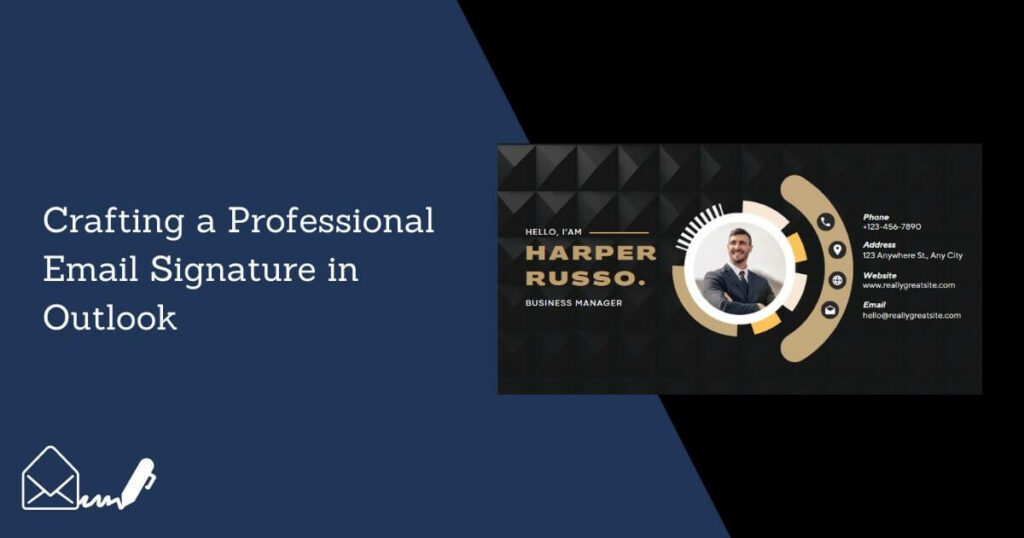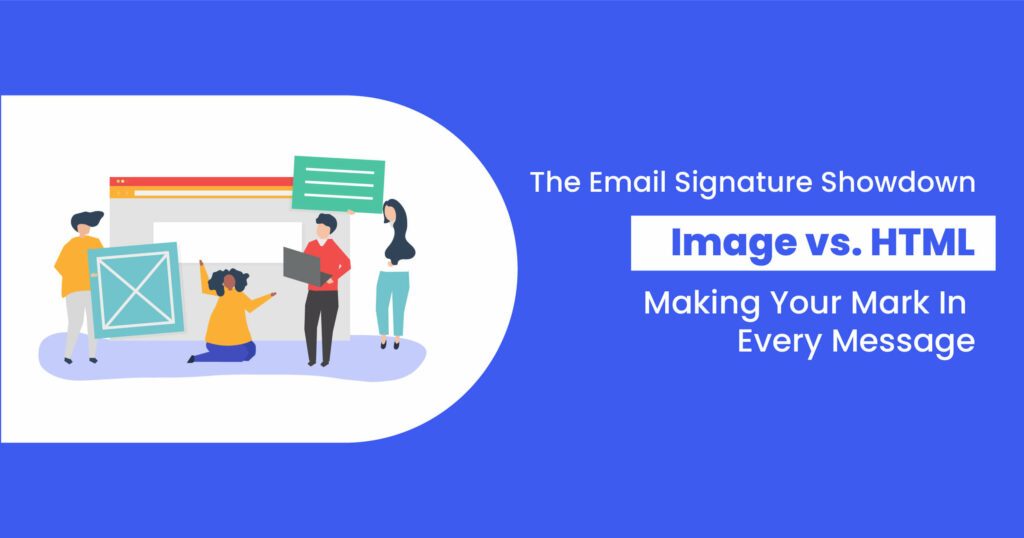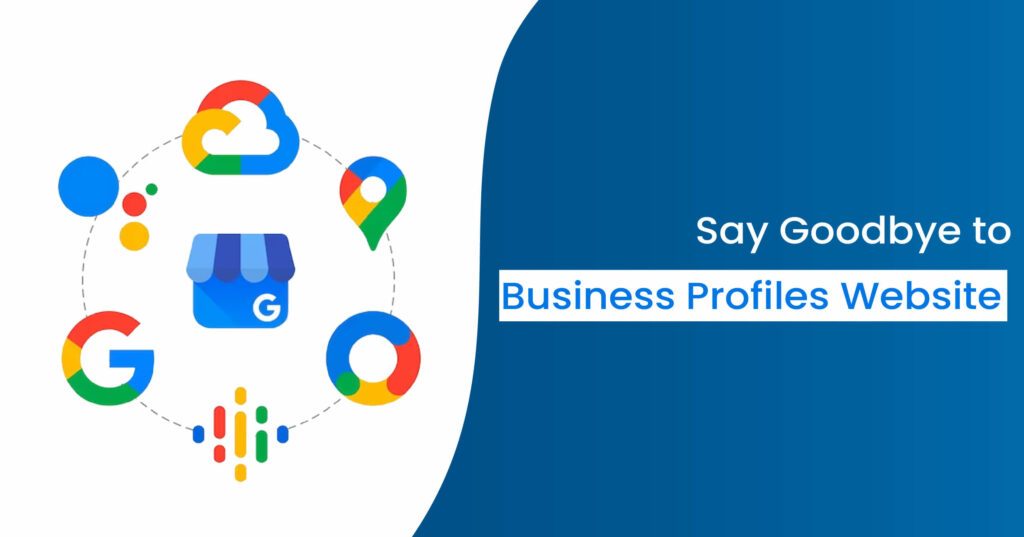Logos are a necessary part of any business; they are often the first impression a potential customer has of your company. A well-designed logo can communicate your brand’s values and give customers a positive impression of your business. A poorly designed logo, on the other hand, can turn potential customers away.
So how do you choose the best logo design for your business? Below are some tips to help you choose a logo that will effectively represent your company:
Here are some effective ways to choose the right logo for your business.
Keep it simple.
A logo should be easy to remember and easy to reproduce. Complicated designs may look good on paper, but they will be difficult to use on marketing materials and websites.
Make it unique.
Your logo should be distinctive and not too similar to other logos in your industry. This will help you stand out from the competition and make it easier for customers to remember your brand.
Look at your competitor’s logos
In order to create a successful logo, it is important to understand what your competitors are doing. Their logos can provide insight into what is popular in your industry, as well as what might be appealing to your target audience.
By studying your competitor’s logos, you can get a better understanding of what works and what doesn’t. This research will help you create a logo that is both unique and effective.
Listen to your clients
As a business owner, it is important to listen to your clients in order to better understand their needs. By doing so, you will be able to provide them with the products or services they are looking for and build a rapport with them. In turn, this will lead to repeat business and referrals.
Look at your logo
As a business owner, it’s important to take a close look at your logo. Is it an accurate representation of your brand? Does it reflect the type of business you want to be seen as? If not, it may be time for a change.
A logo is one of the most important aspects of your brand. It’s what customers will see first and it will be associated with your business for years to come. Make sure it’s something you’re proud of.
Create your logo
Creating a logo may seem like a daunting task, but with a little creativity and elbow grease, it can be a breeze! First, think about what message you want your logo to communicate. Once you have a feel for the tone you want to set, start sketching out some ideas. If you’re not artistically inclined, no worries! There are plenty of online logo makers that can help you create a professional-looking logo without breaking the bank.
What colors do you want to use?
There are an endless amount of colors to choose from when it comes to painting a room, picking out clothes, or even accessorizing your home. But what colors do you really want to use?
After all, color has the ability to influence our moods, evoke certain emotions, and even affect our appetite. So before you make any decisions, it’s important to think about what feeling you want to achieve. Are you looking for a calming space? Or perhaps you want a room that’s full of energy. Regardless of what you’re looking for, there’s a color out there that can help you achieve it.
What style do you want your logo to be?
The style of your logo is just as important as the content. It should be reflective of your company’s values and mission statement. You want something that is timeless and will remain relevant as your company grows. Work with a professional designer to find the perfect style for your logo.
What fonts will best represent your company?
The font you choose for your company should be one that represents your brand and makes you look professional. A good starting point is to choose a font that is easy to read and not too ornate.
Some companies opt for sans-serif fonts like Arial or Helvetica, while others prefer serif fonts like Times New Roman. Ultimately, the best font for your company is one that you feel represents your brand well and makes you look professional.
How will your logo be used?
Your logo is an important part of your brand identity. It will be used on your website, business cards, letterhead, and other marketing materials. It should be easily recognizable and convey the message you want to communicate about your business.
What are your budget constraints?
Budget constraints are the limitations that are placed on a company or individual in regard to the amount of money that can be spent on a project or over a certain period of time.
There are many different factors that can contribute to budget constraints, such as the size of the company, the type of project, the timeline, and the overall goals. It is important to consider all of these factors when creating a budget and to make sure that the budget is realistic.
What Is a Company Logo?
A company logo is a graphical representation of a company’s name, initials, or another important symbol. It is often used on a company’s letterhead, business cards, products, and websites.
Here are the most important steps to designing a logo:
There is no definitive guide to creating a logo. However, there are some important steps to keep in mind when designing a logo. First, consider the company or brand that the logo will represent. What are the values and attributes that you want to communicate? Next, think about the target audience for the logo.
What will appeal to them? Keep these things in mind as you begin to sketch out some ideas. Once you have a few potential designs, it’s time to start refining and tweaking until you have a final product that you’re happy with.
Top 7 Logo Design Tips & Tricks:
1. Keep it simple: A logo should be easy to remember and recognize. Use clean shapes and lines and avoid overly complicated designs.
2. Make it unique: A logo should be distinctive and not resemble any other logos in your industry. Avoid generic or clichéd designs.
3. Use strong colors: Choose colors that will stand out and be easily remembered. Avoid using too many colors in your logo design.
4. Use readable fonts: Choose fonts that are easy to read and not too ornate or complex. Stick to one or two fonts maximum in your logo design.
5. Be consistent: A logo should be used consistently across all platforms, from your website to your business cards to your social media accounts. Use the same colors, fonts, and overall look for all applications.
6. Think long-term: A logo is not something you can change frequently, so think carefully about the design before finalizing it. Consider how it will look 10 or 20 years down the road.
7. Hire a professional: Unless you are a professional graphic designer, it is best to hire someone to design your logo for you. This will ensure a high-quality, polished result
Color is key to good logo design
Color is key for good logo design. A logo should be designed with color in mind, as it can help to create a recognizable and memorable logo. When creating a logo, consider using colors that are associated with your brand or company. If you are unsure about which colors to use, you can always consult with a professional logo designer.
FAQs
What to consider when choosing a logo
Some factors to consider when choosing a logo may include the company’s target audience, the company’s values, and the overall aesthetic of the logo. The logo should be easily recognizable and convey the company’s message in a simple way.
How do you pick a logo for your business?
There is no definitive answer to this question. Some factors to consider include the company’s target audience, industry, and overall branding strategy. Additionally, it is important to make sure that the logo is unique and memorable.
What are the 7 types of logos?
The seven types of logos are wordmark, lettermark, brand mark, iconographic mark, pictorial mark, abstract mark, and logomark.
What is important when choosing a logo?
There are a few things to keep in mind when choosing a logo. The logo should be simple and easy to remember. It should also be relevant to your brand and represent your company in a positive light.
Conclusion
In conclusion, A logo is the face of an organization. A well-designed logo communicates a business’s personality, values, and mission. It can also help stand out from competitors.



